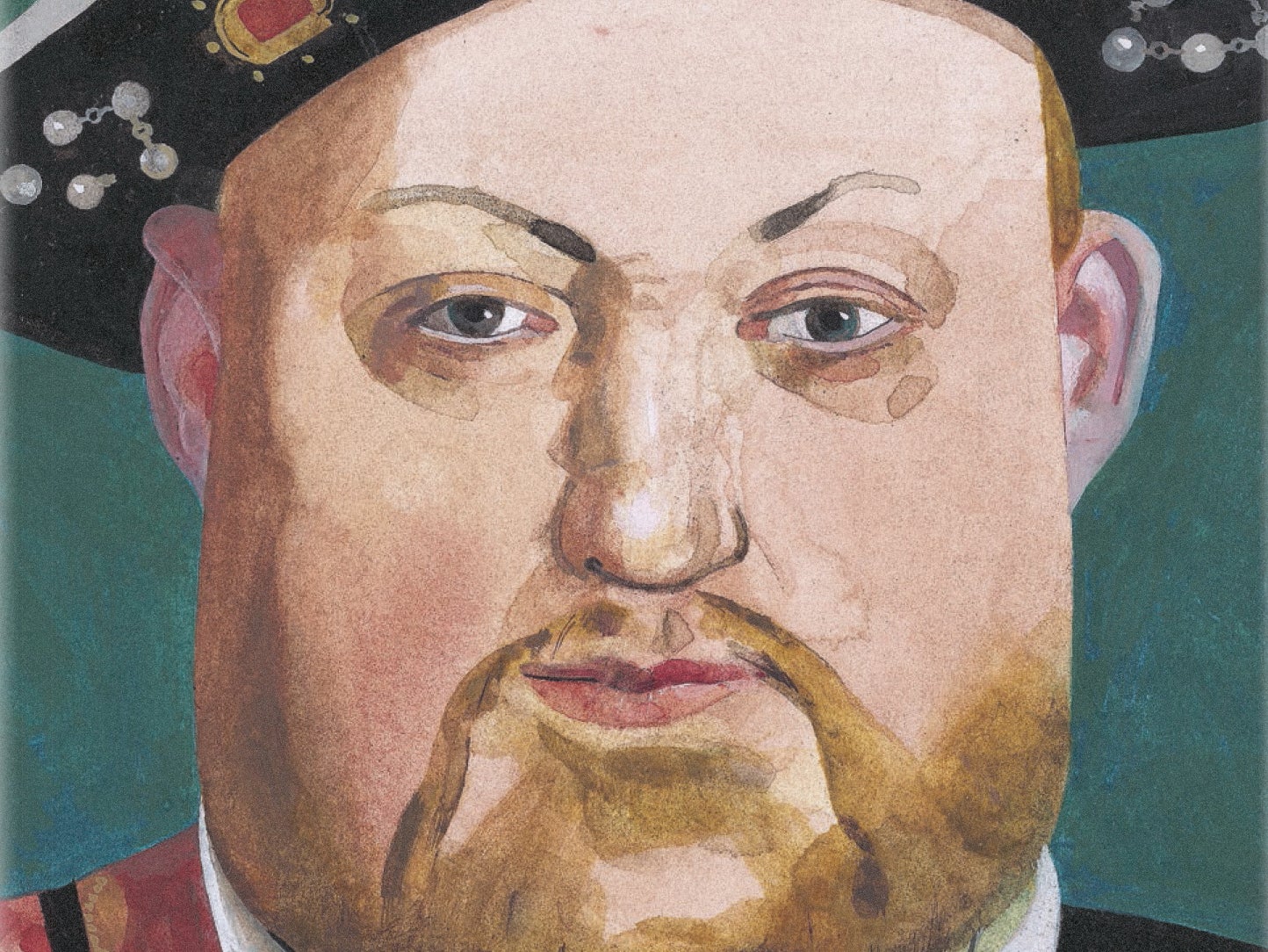Henry VIII: Fragments of King's Tudor royal residence found in English country church
The fragments, beautifully carved wooden panels, are likely to have come from Chelsea Place

Fragments of a long-vanished Tudor royal residence have been discovered in an English country church – and in a London museum.
The fragments, beautifully carved wooden panels, are likely to have come from a 16th century London stately home – Chelsea Place, once owned by at least three English monarchs, including Henry VIII and Queen Mary, according to research by a leading authority on Tudor architecture and interior design, Dr Jonathan Foyle, former Curator of Buildings at Hampton Court Palace.
They bear the insignia of Henry VIII’s fourth wife, Anne of Cleves, and appear to have been made for her and installed on her orders in one or more of the royal residences that she lived in for the final part of her life.
The up to 20 panels – now in St. Leonard's Church, Old Warden, Bedfordshire, in the Museum of London and in private ownership – are the only known examples of high-status English interior architecture to have survived from the mid-to-late 16th century. Virtually nothing else in terms of really upmarket interior design is currently known to have come down to us from most of the period 1545 to 1600.
“These panels represent a lost epoch in English high-status interior design. As such, they are of very substantial importance,” said Dr. Foyle.
Henry VIII had more than 60 royal residences. Only two survive in substantial form today. Many were torn down or stripped of their contents and panelling during the English Civil War. Some – like Chelsea Place – were demolished in the 18th century. Literally thousands of square metres of finely carved royal wall panelling were re-cycled in other buildings – ironically sometimes covered with thick plaster to act as insulation in the servants’ quarters of large town and country houses. In turn, many of those buildings were demolished or otherwise destroyed in the 17th to 20th centuries – and most of the beautifully carved timber wall panels from Henry’s spectacular palace interiors have been irretrievably lost or, in some cases may still await rediscovery.
The newly rediscovered Tudor royal wall panels are also historically important because, there are very few surviving artefacts associated with Anne of Cleves which have survived.
“There are relatively few objects closely associated with Henry’s six wives that survive today. Anne of Cleves material is particularly rare – so these discoveries are of considerable historical importance. They give us a very visual indication of the lavish lifestyle that Anne was permitted to live, even after Henry’s death,” said historical researcher Sarah Morris, who has been researching the Old Warden church panels and who has just published a book on the palaces, castles and houses of Henry’s queens – In the Footsteps of the Six Wives of Henry VIII.
The panels are unique as some motifs on them appear to have been used as the wooden prototypes on which the stone decoration on Anne of Cleves’ tomb in Westminster Abbey was based. The panels show Anne's monogram, the emblem of the Duchy of Cleves and a snarling lion’s head.
Prior to the new research, the panels in Old Warden church had been thought to be from a chapel of Anne of Cleves in Bruges, Belgium. The panel in the Museum of London had previously been thought to date from some 50 years after her death, as had the one in private ownership.
The newly rediscovered panelling from Anne of Cleves’ long-vanished royal residence was probably removed from the building shortly after her death.
It was then either held in storage or used in another as yet unknown house for at least several decades. Some evidence suggests that it was then used as insulation in the servants’ quarters in the roof space of a building, believed by some to have been Northumberland House, a grand residence built for the Earl of Suffolk in 1610 which was itself demolished in the 1870s.
Chelsea Place was an important royal residence used to accommodate Princess (later Queen) Elizabeth for 12 years after her mother, Anne Boleyn’s trial and execution in 1536. It was later used by Queen Mary to accommodate Anne of Cleves, who died there in 1557, aged 41.
Although Anne was only married to Henry VIII for seven months, she had significant involvement in, and impact on, English history. Because Henry VIII found her physically unattractive, he blamed his reform-minded virtual head of government – Thomas Cromwell. This brought about Cromwell’s downfall and execution – and, in turn, lead to more conservative political elements holding sway. The pace and nature of the Reformation therefore slowed and changed considerably.
Henry VIII had his marriage with Anne annulled on the grounds of non-consummation. He had never been keen on her and had been coerced by Cromwell, for international diplomatic reasons, to go ahead with the marriage - if only, as it turned out, temporarily.
Anne was also initially a friend of Queen Mary, until the latter unjustifiably suspected her of plotting against her – and also of Princess Elizabeth. She is the only queen of Henry VIII to be buried in Westminster Abbey.
Join our commenting forum
Join thought-provoking conversations, follow other Independent readers and see their replies
Comments